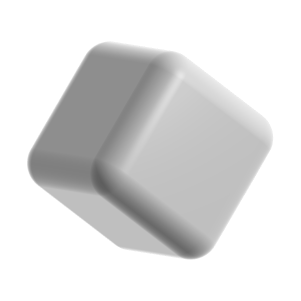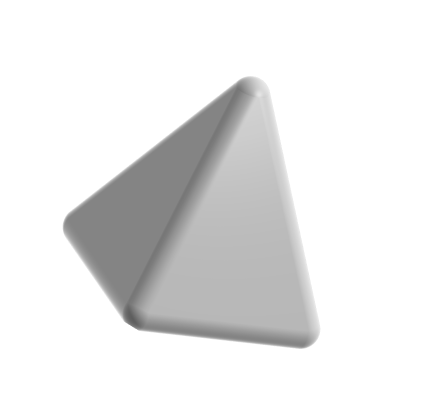Understanding the Importance of Realistic Textures
Creating realistic textures in 3D animation is essential for enhancing visual storytelling. Textures bring surfaces to life, helping audiences believe in the virtual worlds being represented. Whether you are designing characters, scenery, or objects, applying textures accurately can significantly impact the overall aesthetic and immersion.
Techniques for Creating Realistic Textures
To achieve high-quality textures, consider using high-resolution images that reflect the materials you want to mimic. Techniques such as UV mapping are crucial for the accurate application of textures onto 3D models. Furthermore, adding layers of detail, such as bump maps or normal maps, can enhance the perception of depth on flat surfaces, making them appear more realistic. Always pay attention to light and shadow effects, as they can drastically alter the appearance of any given texture.
Tools and Software for Texturing
Several tools can assist in creating realistic textures in 3D. Software like Adobe Substance Painter, Blender, or Autodesk Maya offers robust features that allow artists to paint textures directly onto 3D models. Additionally, online resources provide textures that can be imported into your projects, saving time while ensuring quality. Experimentation with different tools and techniques will help you find the best workflow for your specific needs.





